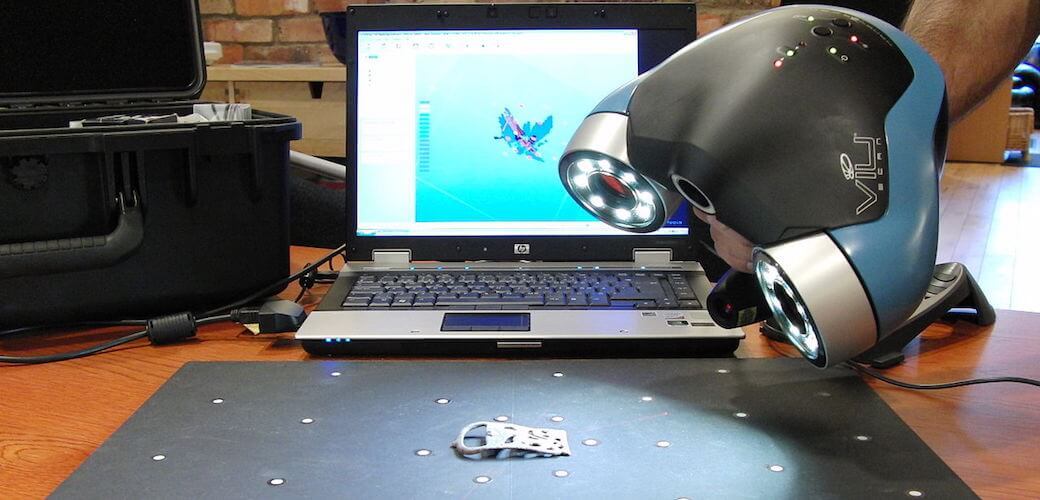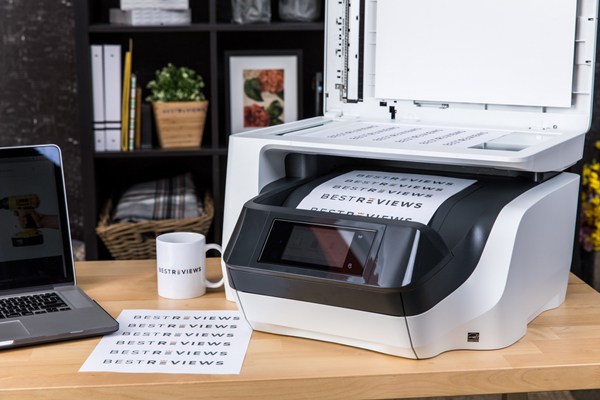Buying guide for best scanners
A reliable scanner can be an important tool for anyone looking to send documents or archive photos or paperwork. Scanners have a range of capabilities, features, and connectivity, so it’s important to consider your needs before making a purchase.
Flatbed scanners are a classic design, using a glass bed and hinged lid to scan one sheet of paper at a time. Sheet-fed scanners pull in documents and eject them. While more costly than flatbed scanners, they are better suited to handling large jobs. Portable scanners are more compact and often affordable, trading convenience for resolution. Features like scan-to-cloud, connectivity, and resolution can set a basic scanner apart from a more capable model.
Scanners can last you for years and may have features beyond scanning images, like creating editable documents with OCR. Finding the right scanner for you requires careful consideration of the available features.
Types of scanners
First, let's examine the three main types of scanner: flatbed, sheet-fed, and portable.
Flatbed scanners
Flatbed scanners have a fixed glass bed with a hinged lid. To scan an item, you place the item on the bed and close the lid.
Pros: Tend to have a higher resolution than sheet-fed scanners, so they’re better for photos. Even the most basic models still reproduce images at a decent quality.
Cons: Large, not suitable for high-volume users as it takes a while to scan each item.
Price: Around $50 to $70 for basic models, up to $400 and more for the most high-end options.
Testing scanners
We spent 44 hours researching over 80 different scanners before picking our top 5. We also consulted with over 200 consumers.
STAFF
BestReviews
Sheet-fed scanners
A sheet-fed scanner looks a bit like a printer or the sheet-feeder on a copy machine. You put documents in at the top, and the machine spits them out the other end, after they've been scanned.
Pros: You can put in a whole stack of paperwork and leave a sheetfed scanner to do its thing. Excellent for office use and high-volume users who need to scan large piles of documents.
Cons: Have a low resolution, so more suited to scanning text documents than images. They can also be quite expensive.
Price: Start around $150 for basic models. Professional models for heavy-duty office use can cost more than $1,000.
Did you know?
If you’re trying to “go green,” a scanner can help cut down on the amount of paper you use and increase your ability to share documents virtually instead of physically.
STAFF
BestReviews
Portable scanners
Portable scanners are great for people who have to scan to a laptop on the go. It's a niche market, perhaps, but useful nonetheless.
Pros: Compact and simple to use, some models are battery-operated, so you can even use them in places where you don't have access to a power outlet.
Cons: Not as high-res as full-size models; only really appeals to a niche market.
Price: Basic models can cost as little as $50, but expect to pay $250 to $300 for high-end options with automatic document feeders.
When researching scanners, we evaluate scanner connectivity. We want to help shoppers find the right scanner for their network setup, whether it's USB or wireless.
We research the advantages and disadvantages of flatbed scanners, which tend to offer higher resolution but scan more slowly than other types of scanners.
The price of a scanner varies depending on its type. We keep value in mind as we look at inexpensive scanners (around $50) as well as heavy-duty sheet-fed scanners for office use ($1,000 or more).
During our research, we look for scanners that feature optical character recognition, or OCR, which can turn scanned documents into editable text files. This feature can help users avoid having to retype documents by hand.
Portable scanners can be helpful for scanning on the go. We think about which features shoppers should look for when seeking a portable scanner. The ability to run on battery power is high on our list.
To help shoppers who want to scan a large number of double-sided documents, we consider whether the scanners on our research list offer duplex printing.
In our research, we consider the benefits and drawbacks of sheet-fed scanners. This type of scanner is low-resolution, but it is great for scanning large amounts of paperwork.
Scanner resolution is a key factor in our research. For document scanning, a DPI under 300 would be suitable, but some scanners allow images to be scanned with a resolution of 9,600 DPI.
We check to see if a scanner offers the ability to scan documents and photos directly to cloud storage. This can help consumers save time and stay organized.
During our research, we take all-in-one scanners and printers into consideration to help shoppers find the model that best fits their needs.
Considerations for selecting a scanner
Resolution
Scanner resolution is generally measured in dots per inch (DPI). The higher the DPI, the better quality the scanned images will be. Some high-end scanners can scan images with a resolution of 9,600 DPI, but this is probably overkill, unless you want to take a small photo and blow it up to a huge poster size. Something in the 600 to 1,200 DPI range is fine for a basic flatbed scanner. For sheet-fed document scanners, there's not much need for a DPI over 300, since you'll only be scanning text.
Duplexing
Duplexing is the term given to scanning both sides of a sheet at the same time. Only sheet-fed and portable scanners are capable of duplexing, and not all of them can do so. For some people, it's an unnecessary feature, but if you routinely scan large amounts of double-sided documents, it's a real time saver.
Expert Tip
If you are hoping to scan old photos, it's better to use the original negative of the photo rather than the printed version.
STAFF
BestReviews
Scan to cloud
For those who keep their documents in cloud storage, the ability of a scanner to send scanned items straight to cloud can save a lot of time and effort, especially if you're working in high volumes.
"Trying to upload a box of old yearbooks? Trying to scan in tax/financial documents? Trying to scan receipts? Different scanners are engineered for different purposes, with wildly different price points. Sometimes, even your phone may work with apps like Scanbot and Evernote."
STAFF
BestReviews
Connectivity
Most scanners simply connect to a computer directly via a USB cable, but some have wireless networking capabilities, which is useful in an office, or if you want to send a document wirelessly to a device without a USB port.
For your safety
If you’re working in an office that deals with sensitive material, you may want a scanner that can help encrypt or password protect your documents.
STAFF
BestReviews
Optical character recognition
Optical character recognition (OCR) is an extremely clever function that turns a scanned document into an editable text file, rather than scanning it in as an image. If you'd otherwise have to type the document by hand, this is a feature that'll save you an awful lot of time. Some scanners come with bundled OCR software included, but others don't, so be sure to select one that does if this functionality is important to you.
FAQ
Q. Can my scanner only scan images or documents into a computer?
A. Some scanners can only scan images into a computer, however, others can connect to Android and Apple devices via WiFi and deliver documents directly to a tablet or smartphone.
Q. Can I scan negatives with a scanner?
A. Yes, you can scan negatives using a scanner, but with a couple of provisos: it must be a flatbed scanner with a resolution of at least 1,200 DPI, and you need to have a transparency adaptor.
Q. What kind of software should my scanner come with?
A. Different scanners come with different kinds of software that can enhance your scanning experience, and make your life that little bit easier. We've already talked about OCR software that transforms a written document into editable text, but other programs that may come with your scanner include photo editing software with color restoration, software for compiling tax or business reports, and PDF converters. Some software simply lets you manage your scanned documents so you can email them directly to people, or send them to various online locations.





























































